How To Prevent Autism
Understanding and Mitigating Autism Risk: Current Insights and Strategies

A Comprehensive Guide to Autism Prevention and Early Support
Autism Spectrum Disorder (ASD) involves complex interactions of genetic and environmental factors. While there is no guaranteed way to prevent autism, recent research emphasizes the importance of early detection, environmental management, and maternal health. This guide explores how proactive measures before and during pregnancy can influence developmental outcomes, as well as the critical role of early intervention once signs are detected.
The Role of Genetic and Environmental Factors in Autism Development
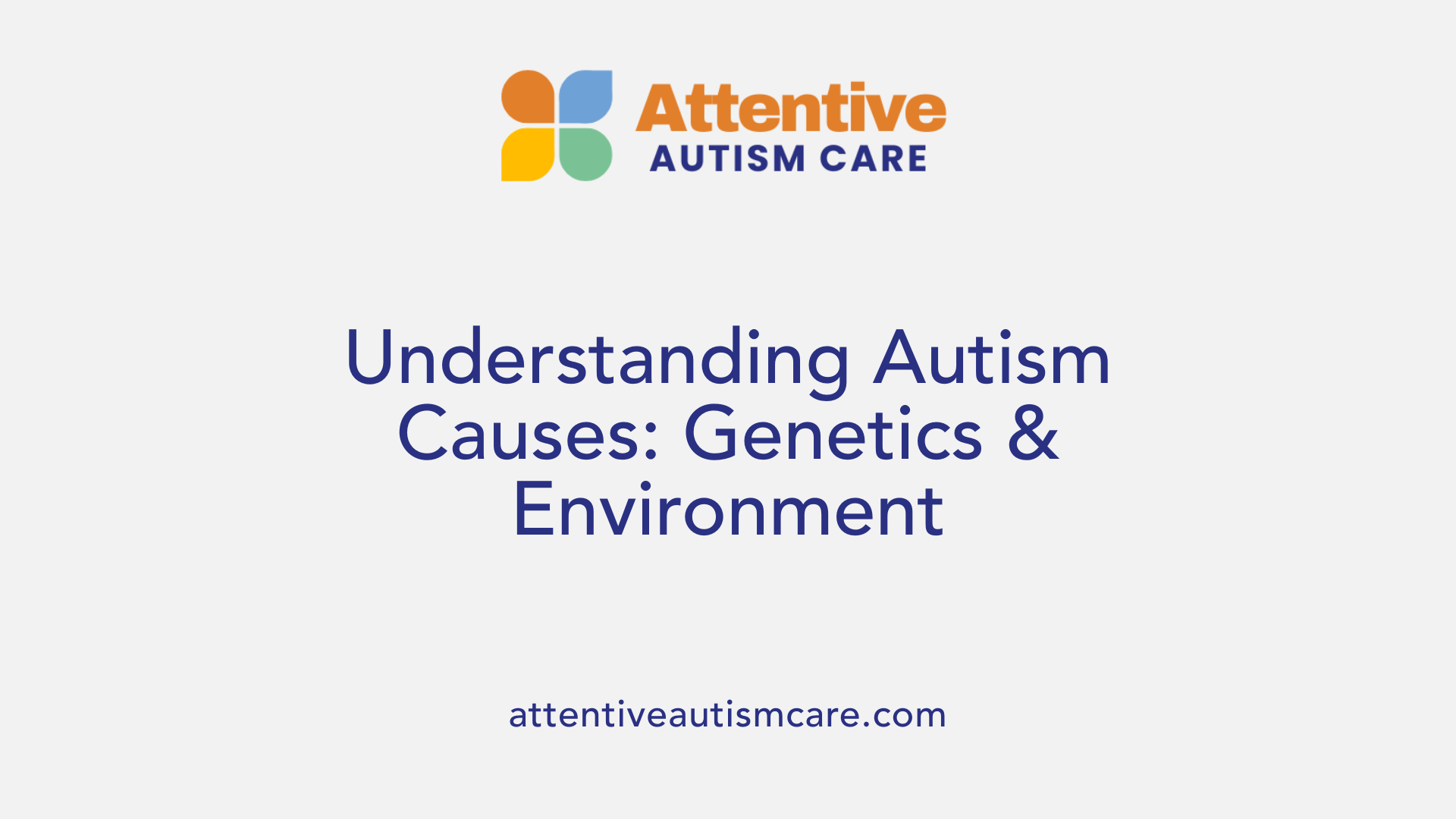
What are the main causes of autism, including genetic and environmental factors?
Autism spectrum disorder (ASD) is believed to result from a complex interplay of genetic and environmental influences. Genetics play a significant role; research shows that autism tends to run in families, indicating a hereditary component. Specific genetic factors, such as gene mutations and conditions like fragile X syndrome, Rett syndrome, and Down syndrome, are well-documented contributors. These genetic variations can affect neural development and communication pathways in the brain.
Family history is a strong indicator, with children having siblings or parents with autism being at higher risk. Additionally, advanced parental age at conception has been linked to increased autism risk, possibly due to greater chances of genetic mutations.
On the environmental side, several prenatal exposures are associated with heightened risk. These include exposure to air pollution, pesticides, and heavy metals such as lead and mercury. Maternal health conditions, including diabetes, obesity, immune disorders, and fever during pregnancy, can also influence neurodevelopment. Birth complications, especially those involving oxygen deprivation, further contribute to risk.
Emerging evidence suggests that the interaction between these genetic susceptibilities and environmental exposures may influence the likelihood of developing autism. For example, children with certain genetic variants may be more vulnerable to toxins like pesticides and pollutants during critical periods of brain development.
Research funded by agencies like NIEHS has focused on identifying biomarkers—such as environmental exposure patterns in hair—that could predict autism risk. Large studies like CHARGE, MARBLES, and EARLI continue to explore how genes and environments jointly impact neurodevelopment.
It is crucial to note that despite extensive research, the current scientific consensus does not find a causal link between vaccines and autism. Instead, the understanding emphasizes a multifactorial genesis where both inherited traits and environmental factors contribute to the condition.
| Cause Category | Factors | Additional Details |
|---|---|---|
| Genetic Influences | Family history, mutations, syndromes | Includes fragile X, Rett syndrome, and other inherited conditions |
| Environmental Exposures | Pesticides, air pollution, heavy metals | Prenatal exposure impacts fetal brain development |
| Perinatal and Maternal Factors | Maternal health, birth complications | Obesity, diabetes, immune system issues, oxygen deprivation |
Understanding how these elements interact helps in developing prevention strategies, including minimizing toxic exposures before and during pregnancy and understanding genetic predispositions.
Early detection and intervention: Improving long-term outcomes
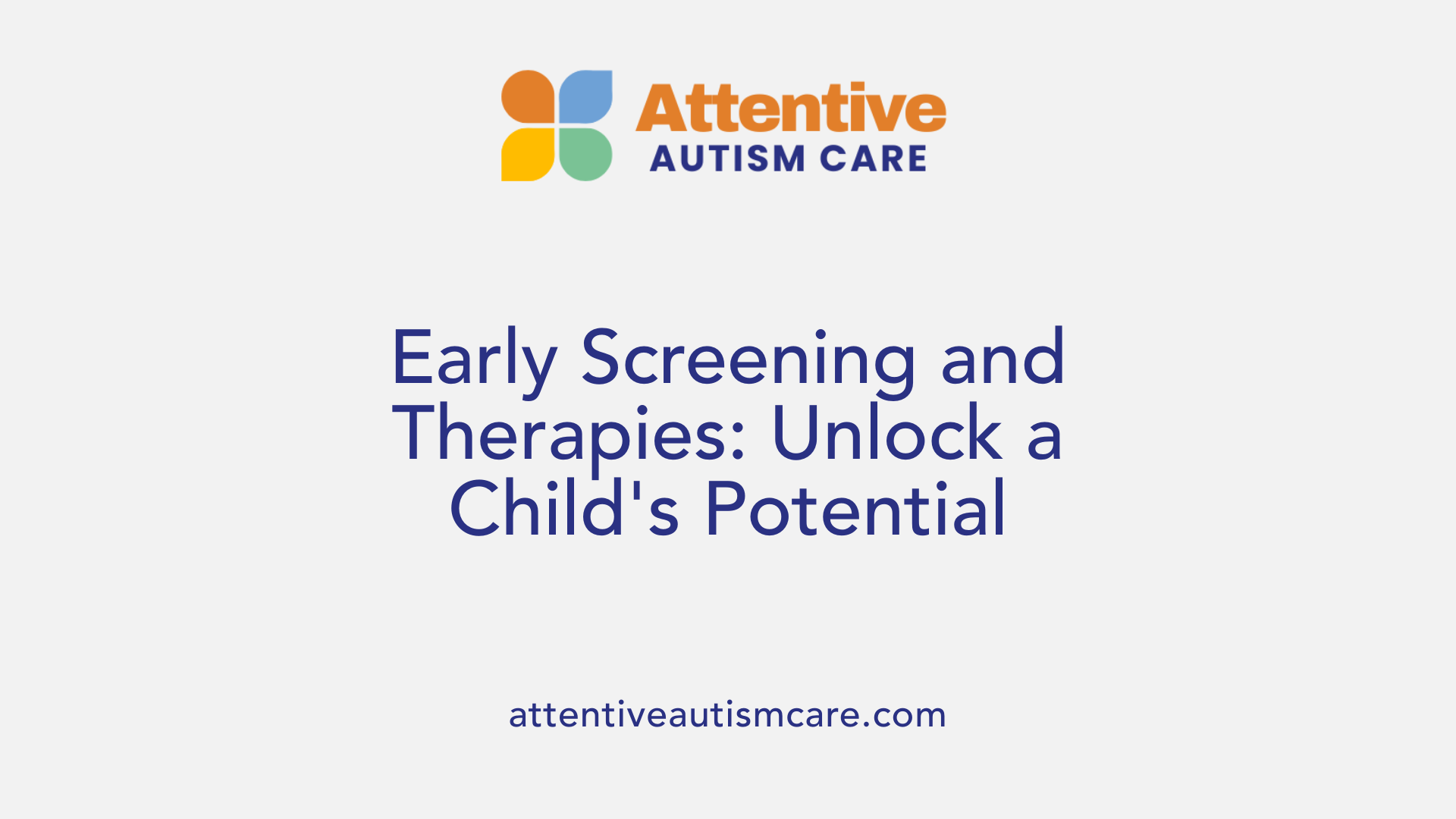
Why is screening at well-child checkups important?
Early detection begins with regular developmental screenings during well-child visits. These screenings help identify children showing signs of autism as early as 6 to 18 months. Early diagnosis is essential because it opens doors to support services and therapies that can influence a child's developmental path positively.
What therapies benefit young children with autism?
Tailored interventions such as behavioral therapy, speech therapy, and occupational therapy are central to early treatment. These therapies address communication skills, social interactions, and daily living skills. They aim to reduce symptoms and support the child’s ability to function independently.
How does early intervention affect the developmental trajectory?
Research indicates that starting intervention early can significantly alter the course of autism. It can improve language, social, and behavioral skills, sometimes even reducing the severity of symptoms. Early intervention harnesses brain plasticity, helping children develop skills more effectively during critical growth periods.
Evidence supporting early intervention
Studies including the MARBLES, CHARGE, and EARLI projects have shown the benefits of early treatment. Children who receive early, high-quality intervention tend to have better long-term outcomes, including improved communication skills and greater social engagement. Support for families and personalized care plans are also vital components.
| Aspect | Details | Impact |
|---|---|---|
| Screening | Developmental checkups | Early detection of autism signs |
| Interventions | Behavioral, speech, occupational therapies | Enhance skills and reduce symptoms |
| Outcomes | Improved language, social skills | Better quality of life and independence |
| Research Evidence | Large epidemiological studies | Validates benefits of early intervention |
What does this mean for parents?
Parents should advocate for regular developmental screenings and be attentive to early signs of autism. The sooner intervention begins, the better the chances for improving social, communication, and adaptive skills. Building a responsive, supportive environment allows children to reach their full potential through early, targeted therapies.
Prenatal and maternal health strategies to lower autism risk
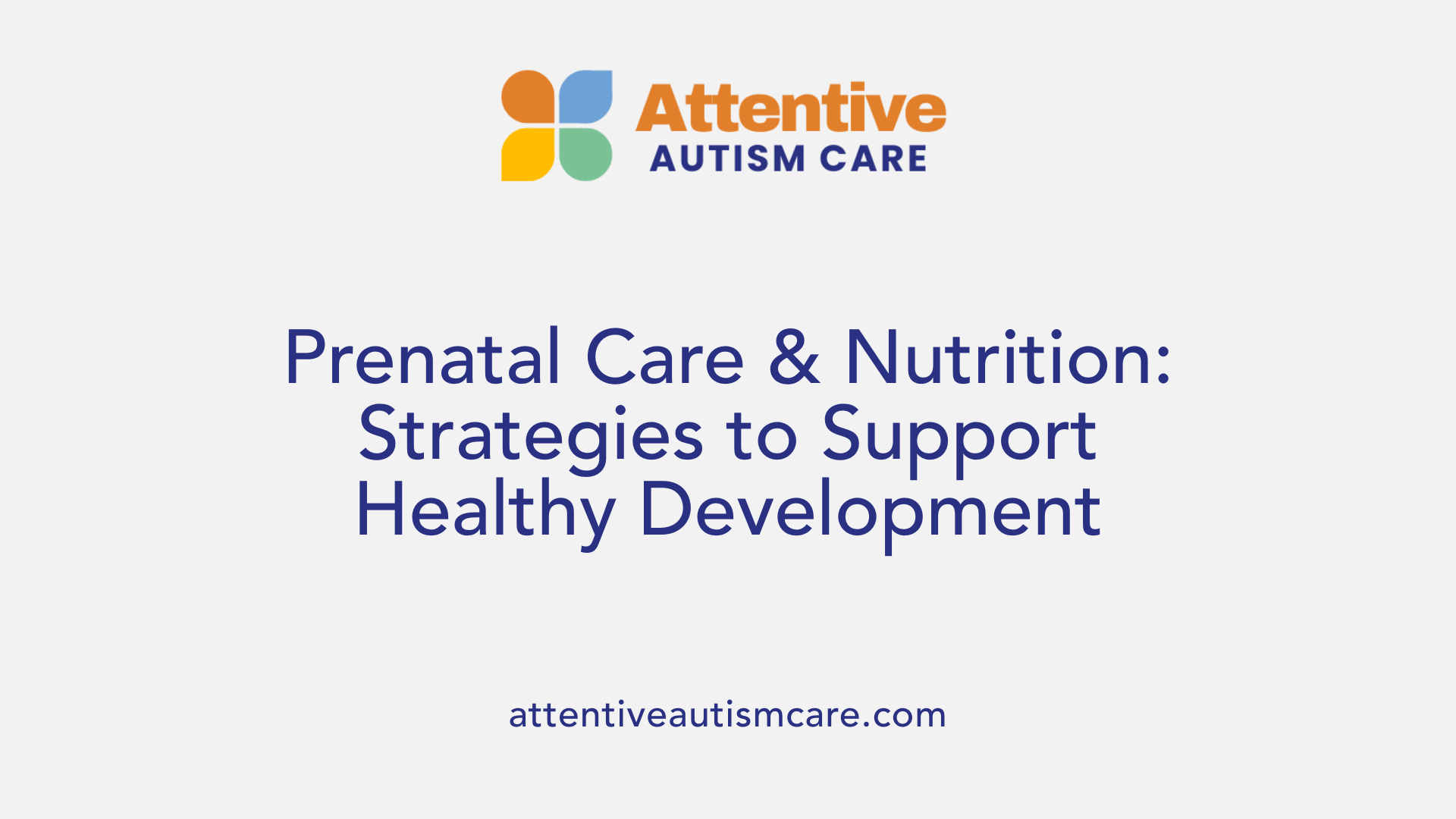
Are there known ways to prevent autism during pregnancy or early childhood?
Currently, there are no definitive methods to prevent autism spectrum disorder (ASD) during pregnancy or in early childhood. Research continues to examine potential environmental and genetic influences, but no established preventive measures have emerged. Most scientific experts agree that autism is caused by a complex interplay of genetic factors and neurodevelopmental processes that are not fully modifiable.
Although prevention remains a challenge, certain health strategies during pregnancy can help reduce the risk. Ensuring good prenatal care—including regular check-ups, a balanced diet, and physical activity—supports overall fetal development. Additionally, managing health conditions such as diabetes, immune disorders, and infections can mitigate some environmental risk factors.
Prenatal vitamins, especially folic acid and folate, are strongly recommended before conception and during early pregnancy. Evidence suggests that these supplements may lower the risk of autism in offspring by supporting proper DNA methylation and cellular functions.
Another important preventative measure is vaccination prior to pregnancy. For example, receiving the rubella (German measles) vaccine before conception is vital, as maternal rubella infection during pregnancy has been linked to an increased risk of autism.
Furthermore, avoiding alcohol and certain medications during pregnancy is crucial. Drugs such as anti-seizure medications should only be taken under strict medical supervision to prevent teratogenic effects associated with neurodevelopmental disorders.
Addressing maternal health issues—like obesity, diabetes, and immune-related conditions—is essential, as they are associated with increased autism risk when not properly managed.
In sum, while we cannot yet prevent all cases of autism, comprehensive prenatal care that includes proper nutrition, vaccination, health management, and avoidance of harmful substances can contribute to healthier pregnancies and potentially reduce the risk of neurodevelopmental challenges.
Environmental exposures and their influence on autism risk
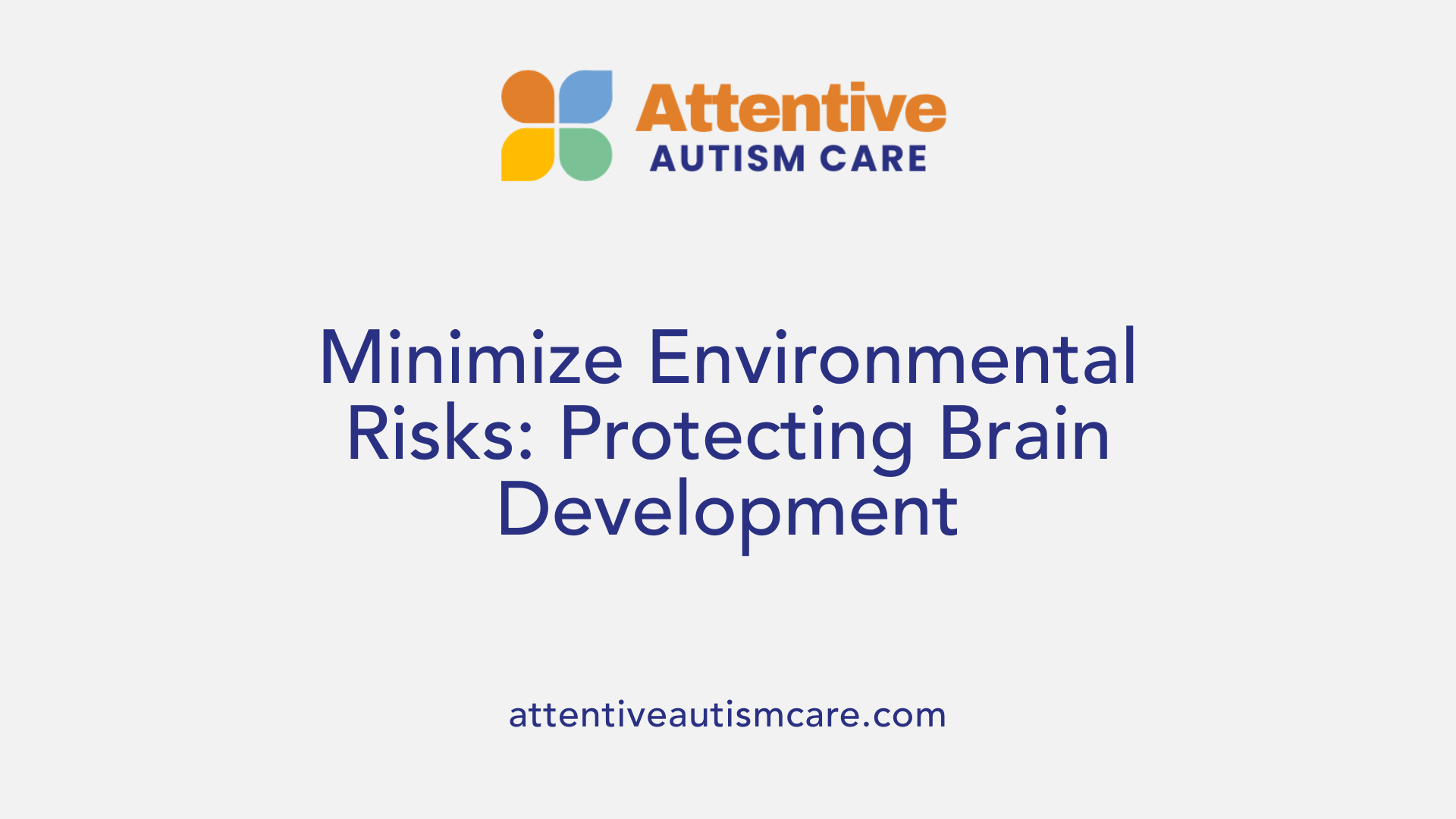
How do parental health and environmental exposures influence autism risk?
Parental health and environmental exposures play a significant role in the likelihood of autism developing in children. Biological mechanisms such as genetic mutations, epigenetic modifications, and hormonal disruptions are affected by various maternal and paternal factors.
Advanced parental age, especially paternal age, has been associated with higher autism risk, potentially due to increased mutations in sperm. Maternal health conditions like obesity, diabetes, and immune disorders can influence fetal neurodevelopment through inflammatory and metabolic pathways.
Environmental exposures during pregnancy—such as air pollution, pesticides, heavy metals like lead and mercury, and chemicals found in plastics and household products—may contribute to autism by promoting inflammation, oxidative stress, and interference with brain development. Chemicals such as phthalates and flame retardants can disrupt hormonal systems, further affecting neural growth.
Research indicates that nutritional factors also matter. For example, maternal folic acid and omega-3 fatty acids are linked to a decreased risk of autism. Conversely, exposure to harmful chemical environments without proper nutrition may increase vulnerability.
The interaction between genetics and environment complicates autism risk. Genetic predispositions may be exacerbated or mitigated by environmental factors, shaping neurodevelopmental outcomes.
In sum, maintaining healthy parental health, minimizing exposure to harmful chemicals, and ensuring proper nutrition before and during pregnancy are vital steps to reduce the risk of autism.
The importance of early nutritional and lifestyle measures
Periconceptional folic acid supplementation
Research shows that taking folic acid supplements from four weeks before conception until eight weeks into pregnancy can lower the risk of autism in children. Studies like the MoBa Autism Birth Cohort and the CHARGE study indicate that maternal folate status during this critical period is linked with better cognitive development and reduced autism risk.
Healthy lifestyle during pregnancy including diet and exercise
Maintaining overall health during pregnancy is crucial. Regular check-ups, a balanced diet rich in nutrients, and physical activity can help support fetal development. Ensuring good prenatal care by taking all recommended vitamins, especially folic acid, and supplements boosts baby's health and might decrease autism likelihood.
Avoiding harmful substances and toxins during pregnancy
Pregnant women should avoid exposure to hazardous chemicals such as pesticides, paints, disinfectants, and fragrances that emit volatile organic compounds indoors. Consulting environmental counselors and conducting personalized home assessments can identify and minimize chemical risks. Additionally, abstaining from alcohol, steering clear of medications without medical advice, and avoiding air pollution are important steps.
Are there strategies or interventions to reduce the risk of autism in early childhood?
Although no guaranteed prevention exists, parents can create healthier environments for their children by focusing on maternal health, good nutrition, genetic counseling, and avoiding environmental hazards during pregnancy. These measures collectively contribute toward lowering autism risk and fostering better developmental outcomes.
Implementing these early actions can influence a child's development positively, emphasizing that proactive health and safety measures during pregnancy are vital.
Supporting families and promoting awareness
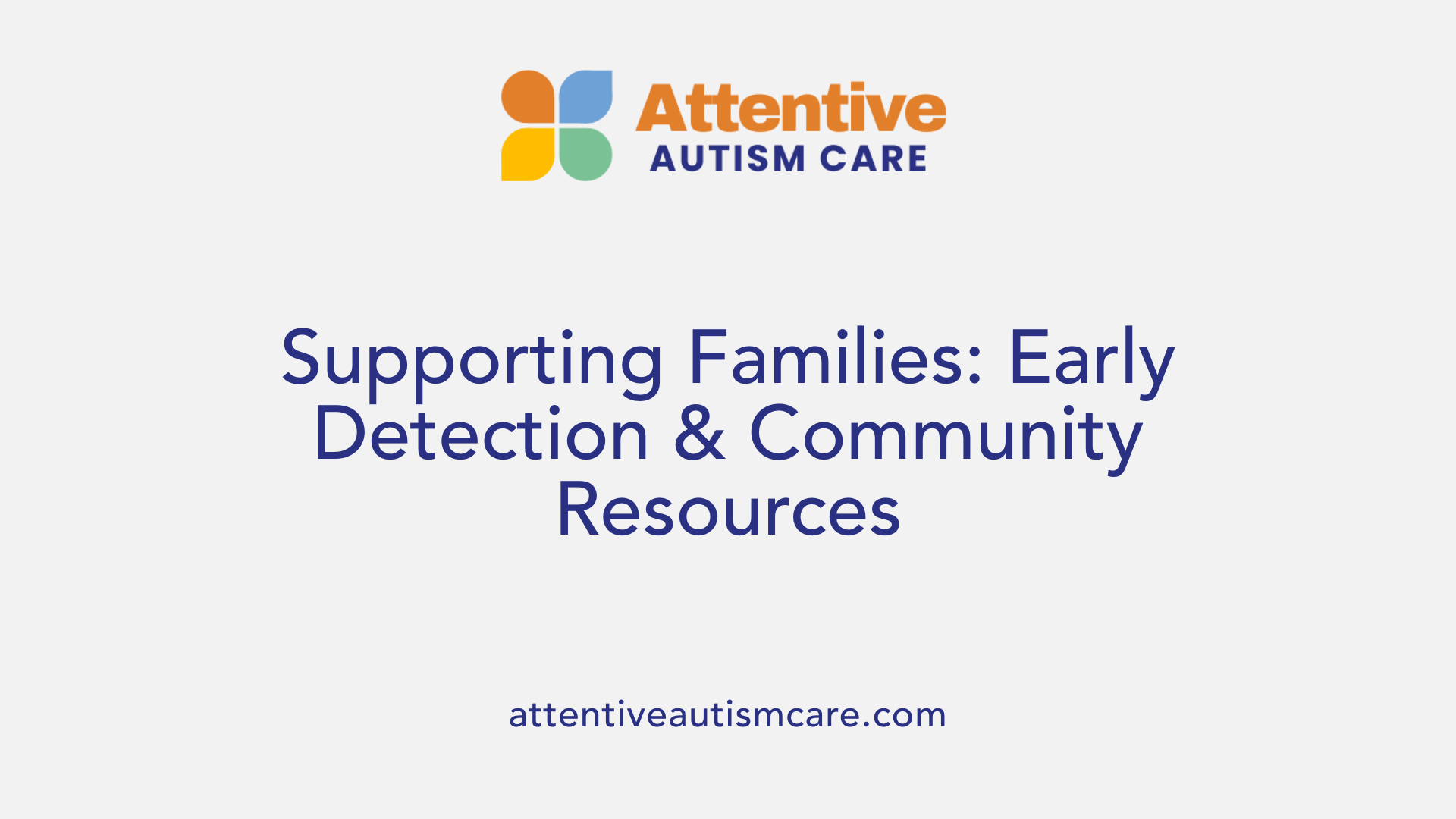 Building a healthcare team with specialists such as developmental pediatricians, psychologists, speech, occupational, and physical therapists is essential for providing comprehensive care for children with autism. These professionals work collaboratively to develop personalized intervention plans, monitor progress, and address individual needs.
Building a healthcare team with specialists such as developmental pediatricians, psychologists, speech, occupational, and physical therapists is essential for providing comprehensive care for children with autism. These professionals work collaboratively to develop personalized intervention plans, monitor progress, and address individual needs.
Understanding autism and the array of therapies available is vital for families. Evidence-based interventions like behavioral therapy, speech and language therapy, and social skills training can significantly improve communication and social functioning. It is important to be cautious of unproven treatments such as chelation or restrictive diets, which can be harmful.
Supporting family well-being and advocacy involves ensuring parents and caregivers have access to accurate information and emotional support. Connecting with local support groups, educational resources, and advocacy organizations helps families navigate the complexities of autism care.
What role does early detection and intervention play in improving outcomes for children with autism?
Early detection and intervention are crucial because they enable support during key developmental periods. Identifying symptoms as early as 6 to 18 months allows for timely implementation of therapies that can improve language, social, and cognitive skills.
Research indicates that early diagnosis and tailored early intervention—which includes behavioral, speech, and occupational therapies—can reduce symptoms and foster independence. Early intervention harnesses neuroplasticity, leading to better long-term social and behavioral outcomes.
By detecting autism early and providing appropriate support, families can help children reach their full potential, leading to improved quality of life and greater chances for social integration and success.
| Aspect | Details | Additional Notes |
|---|---|---|
| Healthcare team | Pediatricians, therapists, specialists | Collaboration ensures comprehensive care |
| Therapy options | Behavioral, speech, occupational | Focused on improving communication and social skills |
| Early detection | Screening at 6-18 months | Critical for timely intervention |
| Benefits of early intervention | Improved language, social skills | Leverages brain's neuroplasticity |
| Support for families | Education, support groups | Essential for navigating care |
Understanding the importance of early recognition and a supportive healthcare network can substantially improve developmental trajectories for children with autism. Promoting awareness and providing resources empower families to advocate effectively for their children's needs.
Moving Forward: Bridging Research with Prevention and Support
While the precise causes of autism continue to be studied, the current evidence highlights the significance of minimizing environmental risks, optimizing maternal health, and prioritizing early detection and intervention. Ensuring safe pregnancies through proper medical care, avoiding harmful chemicals, and supporting early developmental screenings can improve quality of life for many children. Ongoing research efforts aim to clarify further prevention strategies, but families and healthcare providers can take immediate steps to promote healthier neurodevelopment, fostering better long-term outcomes for children on the autism spectrum.
References
- Autism spectrum disorder - Symptoms and causes - Mayo Clinic
- Parental avoidance of toxic exposures could help prevent autism ...
- Can Autism Be Prevented? - WebMD
- What causes autism? | Autism Speaks
- Can we change the risk of autism? - PMC
- Could earlier treatment have prevented my child's autism?
- Autism | National Institute of Environmental Health Sciences
- 6 Early Autism Intervention Activities for Babies - Parents
- Autism spectrum disorder - Diagnosis and treatment - Mayo Clinic
- Environmental factors influencing the risk of autism - PMC




































































































